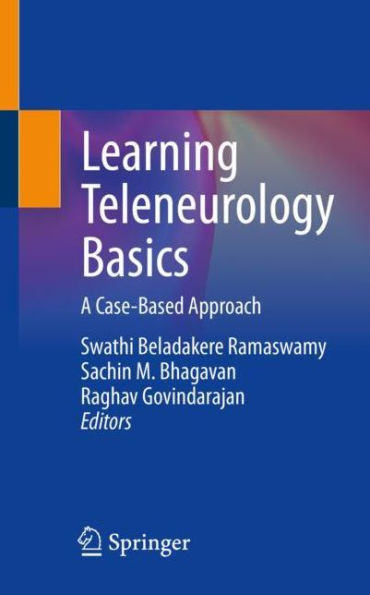Home
Learning Teleneurology Basics: A Case-Based Approach
Barnes and Noble
Learning Teleneurology Basics: A Case-Based Approach
Current price: $54.99


Barnes and Noble
Learning Teleneurology Basics: A Case-Based Approach
Current price: $54.99
Size: Paperback
Loading Inventory...
*Product information may vary - to confirm product availability, pricing, shipping and return information please contact Barnes and Noble
This book focuses on the basics of teleneurology and provides an outline of curriculum and practice with the help of clinical vignettes. It fills the gap for a text that reflects the rapidly evolving nature of the teleneurology field, with specific attention paid to examining how this can be extended to patient treatment.
Recent COVID-19 pandemic rapidly revolutionized telemedicine technology and reformed the practice of medicine; this book will serve as an easy guide to physicians all over the world to adapt to changing needs of the health care system.
Concise and comprehensive, this 12 chapter book covers a variety of neurological disorders and highlights specific aspects of teleneurology practice, including medicolegal issues, licensure, standard of care, ethical issues, and future trends.
Designed to be a resource for students and residents, as well as medical school faculty and practicing clinicians,
Learning Teleneurology Basics will
prepare the reader to deliver care remotely.
Recent COVID-19 pandemic rapidly revolutionized telemedicine technology and reformed the practice of medicine; this book will serve as an easy guide to physicians all over the world to adapt to changing needs of the health care system.
Concise and comprehensive, this 12 chapter book covers a variety of neurological disorders and highlights specific aspects of teleneurology practice, including medicolegal issues, licensure, standard of care, ethical issues, and future trends.
Designed to be a resource for students and residents, as well as medical school faculty and practicing clinicians,
Learning Teleneurology Basics will
prepare the reader to deliver care remotely.

















